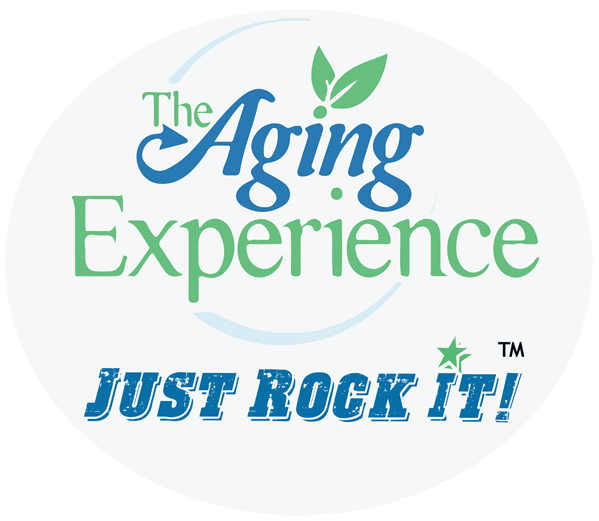1 in 4 Getting Divorced Are Over 50
Who would have thought that divorce among those aged 50 to 64 has spiked?
Susan L. Brown is the co-director of the National Center for Family & Marriage Research at Bowling Green University in Ohio. Her research shows that:
- one in four people getting divorced is over the age of 50. In 1990, it was less than one in 10.
- the divorce rate for those 50 to 64 increased from 6.9 divorces per 1,000 marriages in 1990 to 12.6 in 2009. At the same time, the overall divorce rate in the United States dropped from 18.95 to 17.92.
According to an Orlando Sentinel article, “retired couples often face difficulties in adjusting to a life together that doesn’t include work. Spouses who once defined themselves by what they did at work can experience an identity crisis once they stop working. Meanwhile, spouses accustomed to being alone most of the day must adjust to having somebody else around, disrupting their routines. Good marriages survive that retirement transition. Bad marriages can be made worse.”
If one or both of the spouses experienced divorce in the past, they are more at risk to divorce later in life, Brown said. The divorce rate for aging boomers is twice as high for those who were previously divorced.
“If, historically, most older adults have been married and have a spouse to provide care, increasingly that is not going to be the case,” Brown said. “If we don’t have that spouse present, then it becomes a challenge for society.”
Jogging Adds Years to Life & Makes You Happier
According to Dr. Peter Schnohr, chief cardiologist from the Copenhagen City Heart study, there is an “age-adjusted survival benefit of 6.2 years in men and 5.6 years in women.”
You don’t actually need to do that much to reap the benefits. The optimum benefit was realized for those who jogged at a slow-to-average pace between an hour and two and half hours done in two to three sessions over the course of a week.
- Prior to beginning jogging, ensure that you have the proper shoes to prevent injury. Consult the staff at a specialty running store for fitting advice.
åÊ - Choosing terrain may also be important for accommodating any balance or stamina issues. If you lack confidence in these areas as you begin to jog, a well-populated indoor track is a safer option compared with a gravel or trail path.
åÊ - If you have a health condition, ensure that you have access to a communication device, such as a cell phone, while jogging. Manufacturers produce compact cell phones for use during physical activity.
åÊ - If you plan to jog in a sparsely populated area, inform someone about your route and estimated arrival and departure times.
åÊ - You may also jog with a friend to support your safety and your morale.
Live Past 100 – Please Watch This!
[embed_youtube”526″ height=”374″>
Alcohol Abuse a Growing Problem for Older Adults
Estimates of alcohol problems are the highest among people seeking health care because individuals with drinking problems are more likely to seek medical care. Fourteen percent of men and 3 percent of women older than age 65 engage in binge drinking.
Misuse and abuse of alcohol in older adults present unique challenges for recognizing the problem and determining the most appropriate treatment interventions. Alcohol use problems in this age group often go unrecognized and, if they are recognized, are generally undertreated. Standard diagnostic criteria for abuse or dependence are difficult to apply to older adults, leading to under-identification of the problem. Older adults who are experiencing substance misuse and abuse are a growing and vulnerable population.åÊ
åÊåÊ
- Men: No more than 7 drinks/week, or 1 standard drink/day;
- Women: No more than 7 drinks/week, or 1 standard drink/day;
Binge drinking:
- Men: No more than 3 standard drinks on a drinking occasion;
- Women: No more than 2 standard drinks on a drinking occasion.
Older individuals should not drink any alcohol if they:åÊÛ¢ Are taking certain prescription medications,
Û¢ Have medical conditions that can be made worse by alcohol (e.g., diabetes, heart disease),
Û¢ Are planning to drive a car or engage in other activities requiring alertness and skill,åÊÛ¢ Are recovering from alcohol dependence, should not drink alcoho.
SBIRT is a comprehensive model for addressing at-risk alcohol use, problem use, and dependence in a variety of health care settings. åÊ
- Screening quickly assesses the severity of substance use and identifies the appropriate level of intervention.
åÊ - Brief interventions focus on increasing insight into and awareness of substance use and motivation for behavioral change.
åÊ - Referral to treatment provides access to specialty substance abuse assessment and care, if needed.









